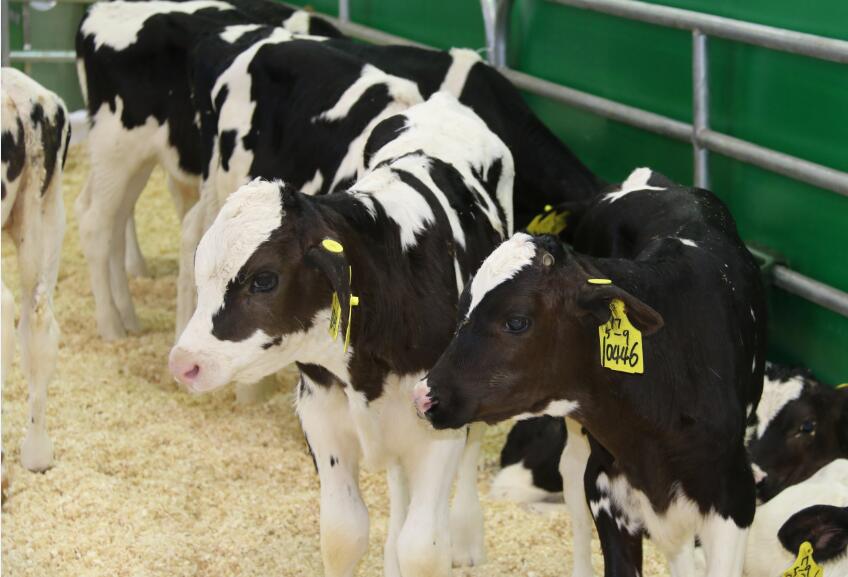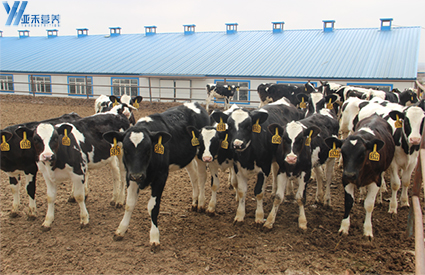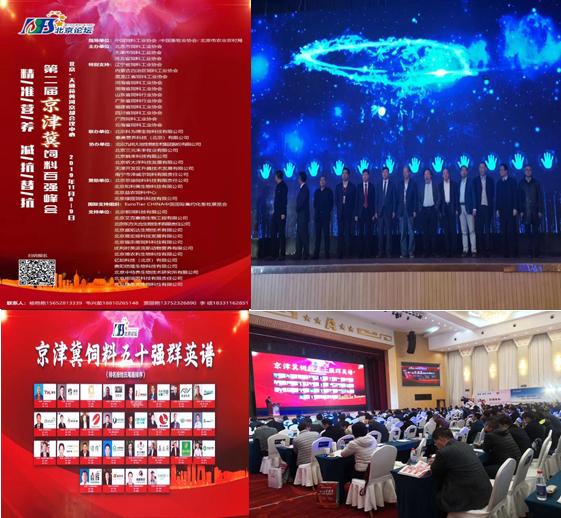The latest "Agricultural Supply and Demand Analysis Monthly Report" released by the Ministry of Agriculture shows that in 2016, dairy imports increased and exports decreased, and raw milk purchase prices continued to rise. Analysts believe that this trend will continue.
Report data shows that in 2016, dairy imports reached 1.956 million tons, an increase of 21.4% year-on-year. Among them, fresh milk imports 634,100 tons, an increase of 38.0% year-on-year, yogurt imports 21,000 tons, an increase of 104.3% year-on-year; whey powder imports 497,200 tons, an increase of 14.1% year-on-year; cream imports of 89,900 tons, an increase of 14.9% year-on-year; Imports were 97,200 tons, an increase of 28.6% year-on-year; milk powder imports 604,200 tons, an increase of 10.4% year-on-year. Correspondingly, the export volume of dairy products was 30,900 tons, a year-on-year decrease of 7.2%.
The data reflects the current competitive situation of Chinese dairy companies. Earlier, the domestic brand Yashili issued a profit warning, saying that it will record a large loss in 2016. Investigating the reasons, Yashili said that infant formulas imported from international imported brands and overseas cross-border e-commerce have a great impact on domestic brands, which has affected the group's sales revenue and profits. The performance of another domestic milk powder leader Beinmei also performed poorly, with a pre-loss of 750 million to 800 million yuan in 2016.
It is worth mentioning that with the rise of cross-border e-commerce, foreign brands' business in China has also been squeezed. According to Mead Johnson's 2016 annual report, its revenue in the Asian market fell 9% year-on-year. Excluding the impact of China's exchange rate, there was still a 5% decline. Mead Johnson pointed out that the transformation of e-commerce channels and the rise of cross-border e-commerce are one of the reasons for the poor performance of the Chinese market.
Report data shows that the retail price of milk powder has been rising slowly in the past five months. In January 2017, the average retail price of milk powder in the domestic market was 95.58 yuan per catty, up 0.4% month-on-month and up 2.2% year-on-year. Among them, imported milk powder was 109.71 yuan per catty, up 0.3% month-on-month and up 1.7% year-on-year; domestic milk powder was 81.44 yuan per catty, up 0.6% month-on-month and up 2.8% year-on-year.
In October 2016, the “Administrative Measures for the Registration of Infant and Infant Formula Milk Powder Formula” was officially put into effect, and it was called the strictest “New Policy for Milk Powder”. Before January 2018, it was the transition period for the recipe registration system. During this period, some dairy companies adopted various promotional methods to clear their inventory.
In response to doubts about the discrepancy between the reported data and the market environment, Wang Dongjie, a product analyst at the Market and Economic Information Department of the Ministry of Agriculture, explained that the data comes from the monitoring center under the Development and Reform Commission, which may be affected by the national average on the one hand; Covering promotional products, unable to reflect the promotion. Dairy analyst Song Liang also believes that the current retail unit price is relatively fixed, but dairy companies mostly use the way of buying gifts to reduce prices in disguise, which is not included in the statistical caliber.
Wang Dongjie believes that, based on the statistical data, the domestic milk powder market is basically in a high-level operation with little volatility.
The raw milk market is good. According to statistics, in January 2017, the purchase price of raw milk produced by milk owners in the province was 3.54 yuan per kilogram, up 0.9% month-on-month.
The purchase price of raw milk reached its highest point since February 2014, and the price was 4.3 yuan per kilogram. Since then, it has been plagued by overcapacity and has continued to decline. In July 2016, the milk price dropped to the lowest point at 3.4 yuan per kilogram. Wang Dongjie said that the price of raw milk gradually stabilized in August and September 2016, and coupled with the National Day and Mid-Autumn Festival, there was a slow recovery.
Wang Dongjie believes that after adjustment, the current raw milk production capacity is already in balance and there is no surplus. It is expected that prices will increase throughout 2017 and will stabilize. However, Song Liang believes that the current supply-demand relationship is not stable, and the amount of milk collected in some places is not optimistic. However, prices did show a steady upward trend, and it is expected to rise sharply in the second half of the year.
In addition, Argentina, the United Kingdom, Australia, New Zealand and other milk producing countries all experienced capacity adjustments in 2016, and output fell. The spot prices of dairy products in the international market also rose.
The report predicts that in the short term, there will be no large fluctuations in the retail price of the dairy product market, the raw milk purchase price will continue to rise steadily, and prices in the international market are expected to continue to rise.


.jpeg)

